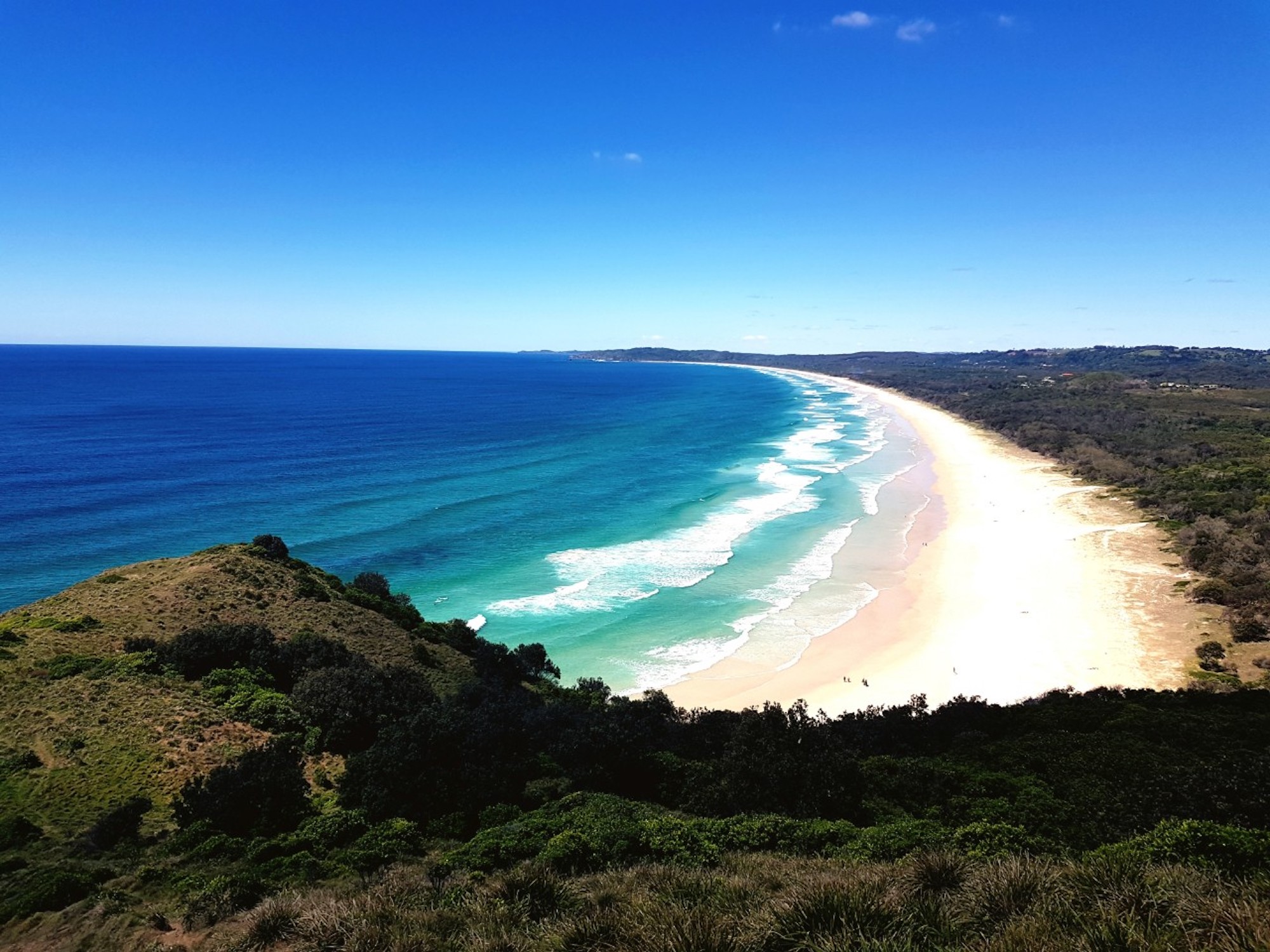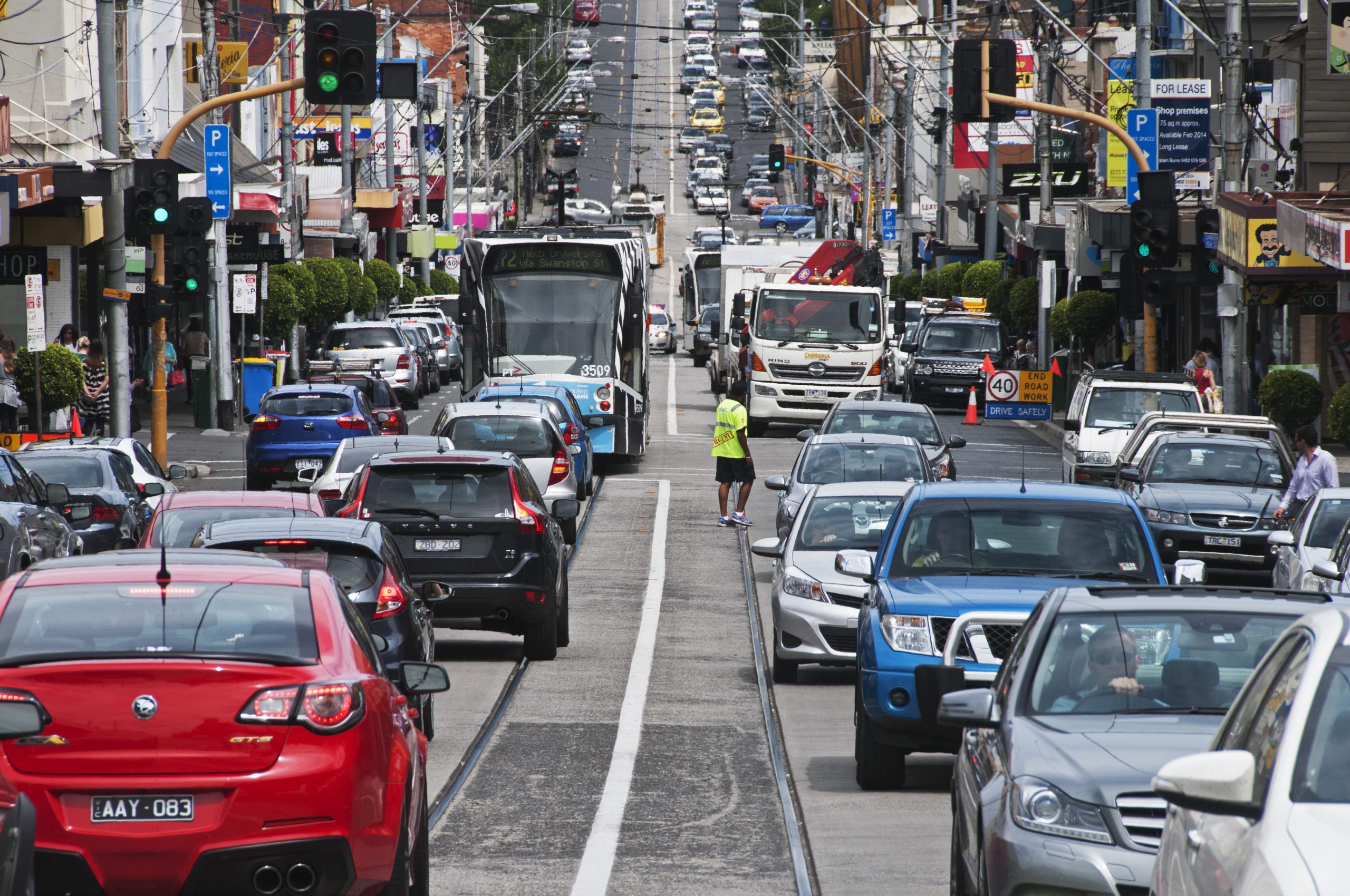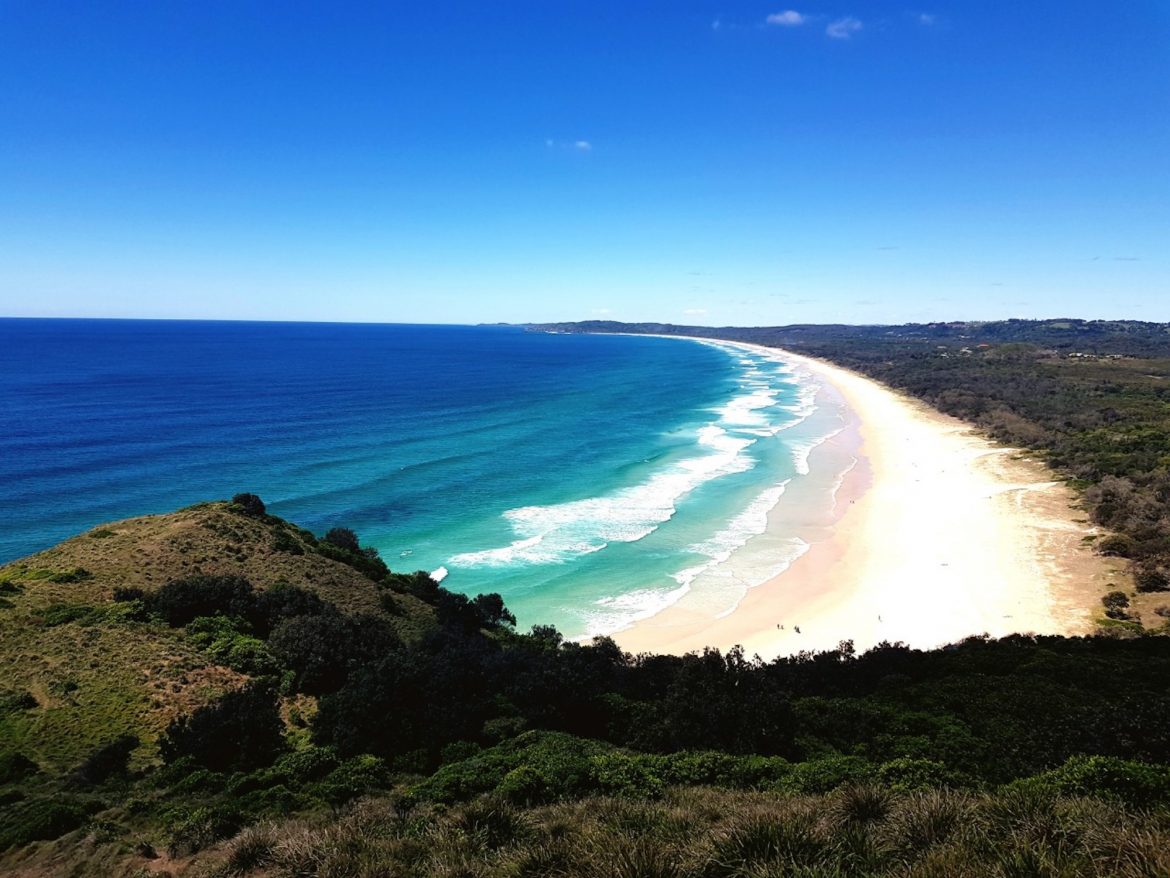The shift in interest to the regions is one of the more fascinating (and positive) trends to come out of COVID-19 – and the high level of interest in regional Australia is now flowing through to short-term pricing growth.

Picture: Getty
Looking at the Local Government Areas that are seeing the strongest growth over the past three months, it is overwhelmingly dominated by regional areas. Most of these are lifestyle areas – white-collar nomad driven – that have become popular over time, but particularly so since COVID-19 (e.g. Byron and Ballina). But it isn’t all beaches, with the Snowy Monaro Region featuring, as well as Swan Hill. Mining is also popping up in South Australia – Whyalla, which is also known as ‘Steel City’.
The other interesting inclusions are two expensive Sydney LGAs: Strathfield and Hunters Hill. Sydney premium suburbs continue to do very well as employment loss continues to hit younger people and those in hospitality, tourism and education, but less so for other employment types.
Is a car-dependent city our future?
COVID-19 was good for the environment during lockdown. Australian greenhouse gas emissions fell to their lowest level since 1998 under COVID-19 restrictions. The Department of Industry, Science, Energy and Resources reported last week that national emissions in the June quarter 2020 were estimated to be 8% – or about 10 million tonnes of carbon dioxide – lower than a year earlier. This included a 79% reduction in emissions caused by jet fuel, and emissions from petrol were also down 26%. It is unlikely to last and if we look around the world at countries where restrictions have eased, levels are rising back up to where they were – and in some places, overtaking previous levels.

A dependence on cars could change the way our cities are developed.
While all that hand sanitiser can’t be great for the environment, the biggest problem is car use. Globally fewer people are wanting to use public transport and are instead driving more. Ultimately, COVID-19 is likely to not only be bad for people’s mortality, health and economic livelihoods, it is will also be bad for the environment. If people remain more car-dependent, it will also change the way that cities are developed.
Car-dependent cities haven’t been popular for a long time. Mass transit has prevented congestion and ultimately made more walkable cities that people prefer to live in. The ultimate car dependent city has probably always been Los Angeles with its spaghetti-like highway system. I don’t think that city has ever been held up as being the way of the future, but at this stage, an efficient freeway system is what is required until people feel comfortable getting back on public transport.
Given that most people dislike congestion, polluted air and prefer walkable cities and getting around efficiently, how do we get people back on public transport? Ensuring they feel safe is critical with a focus on hygiene. If a vaccine is found, it is likely to be less of an issue as well. Continuing to improve public transport systems will also help.
The post Economist update: Regional areas dominating strongest price growth appeared first on realestate.com.au.

